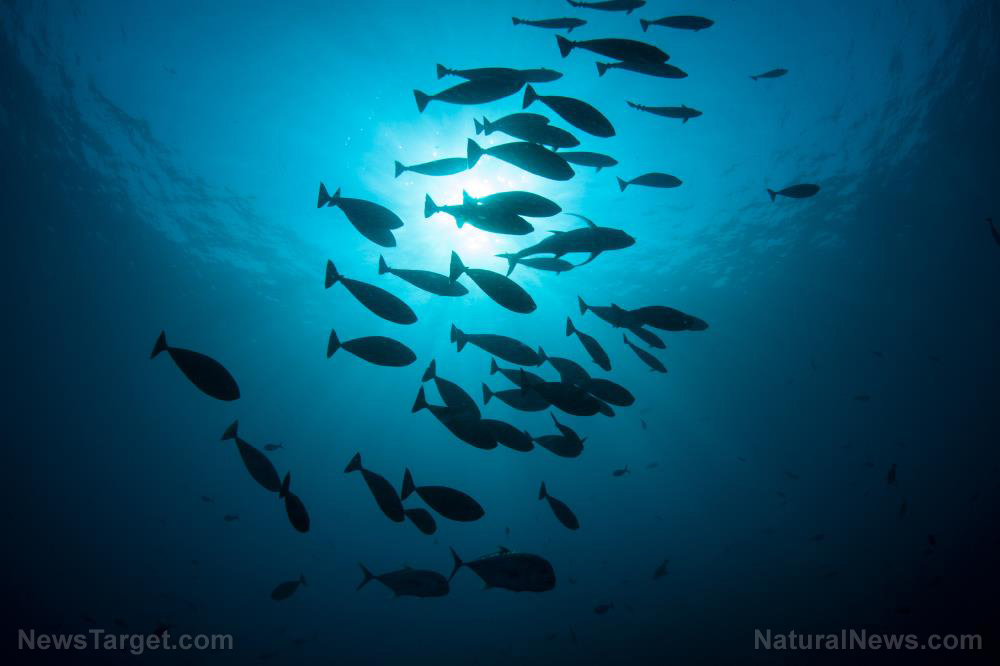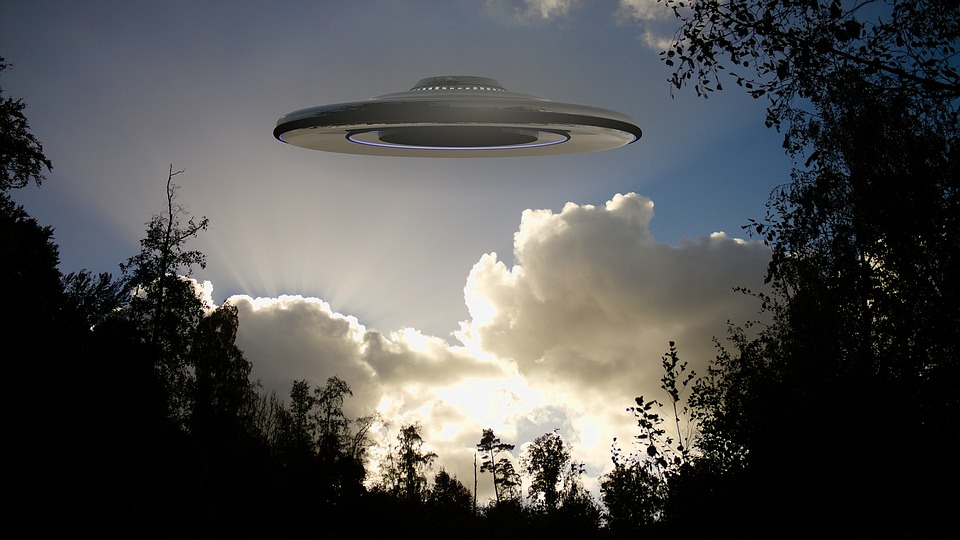
"We found chemical evidence of the organisms' use of organic material in the sediment that allows them to survive," said co-author and oceanographer Arthur Spivack of the University of Rhode Island.
The findings confirm that life does exist in such deep-ocean ecosystems and hints at the possibility of alien life on other planets, where brutal conditions are comparable to those in harsh Earth environments.
Evidence of life in deep ocean environments
Environments deep below the ocean floor are inhospitable to life. The researchers explained that temperatures and pressures steadily increase with depth, and the energy supply becomes increasingly scarce. But about 30 years ago, scientists found that microorganisms are inhabiting the seabed at depths of several miles under such extreme conditions.
However, deep-sea environments are still not well-understood and several questions have remained unanswered. For one, it remains unclear where the limits of life are and what factors determine those limits. Deep-sea drilling is necessary to answer those questions, but it's no easy feat.
"Only a few scientific drilling sites have yet reached depths where temperatures in the sediments are greater than 30 degrees Celsius (86 degrees Fahrenheit)," said co-author Kai-Uwe Hinrichs of the Center for Marine Environmental Sciences (MARUM) at the University of Bremen in Germany.
In 2016, Hinrichs and his colleagues successfully drilled a 4,000-foot hole on the Nankai Trough off the coast of Japan using a deep-sea scientific vessel called Chikyu. The researchers were able to reach underground marine environments with temperatures of nearly 250 degrees, which is 38 degrees higher than the boiling point of water.
During a two-month deep-sea exploration, the researchers observed that the microbial population started to dwindle at a temperature of 113 degrees. However, they began detecting microbial activity again in deeper, even hotter zones. The microbial population reached a peak at a temperature of 185 degrees and remained detectable up to 248 degrees.
"The findings of our expedition are surprising. They show that at the lower boundary of the biosphere lethal limits coexist with opportunities for survival," said co-lead author and MARUM scientist Verena Heuer.
The findings confirm that deep-sea environments initially thought to be habitable do indeed host life, according to Spivack. In an October study, researchers found 40,000 different types of microorganisms from core samples taken from 40 different sites around the world, indicating that microbial diversity below the seafloor is as robust as on Earth's surface.
Finding evidence of alien life via Earth
Spivack said that while the findings are exciting on their own, the study may also point to the possibility of life on other planets. Harsh Earth ecosystems are often considered as analogs of alien environments. For instance, the Atacama desert in South America, which is the driest nonpolar place on the planet, is thought to be comparable with the dry Martian surface.
When researchers found a diverse community of microbes in an inhospitable region of the Atacama desert, they began flirting with the idea that Mars may also be capable of supporting life to this day.
"Our discovery suggests that something similar may have occurred billions of years ago – or it still may be occurring – on Mars," said Alberto Fairen, a visiting astronomer at Cornell University and one of the researchers that explored the Atacama desert.
Spivack said that more studies on the Nankai Trough samples are underway. His team is now developing technology to continue their research on deep-sea environments.
Read more studies supporting the existence of alien life at Cosmic.news.
Sources include:
Please contact us for more information.























